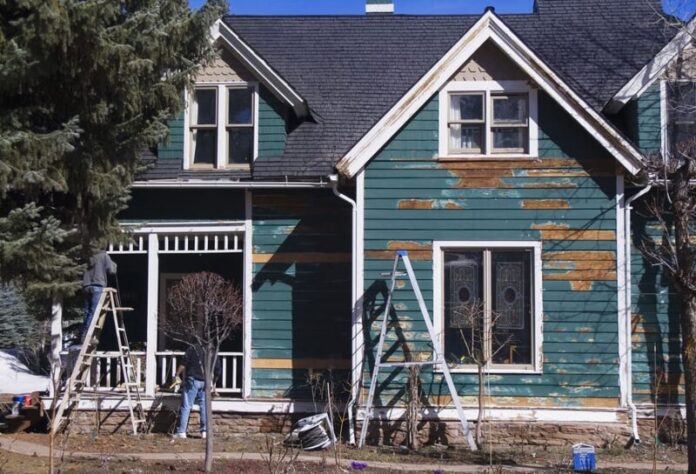As the temperatures start to drop and the leaves change color, it’s time to prepare your house for winter. One of the first things you’ll need to do is prep your exterior surfaces for painting. Here are four signs your house needs painting:
- Rotting wood or siding: If there is rot or decay on any part of your house’s exterior, it’s a sign that it needs a good coat of paint. Rot will eat away at the underlying material, so if you can see rot growing on your siding, wood or trim, it’s time for a new coat.
- Weeping board and siding: Weeping boards are pieces of wood that are installed along the edge of a roofline to help keep water from damaging the shingles and siding below. If water gets behind the weeping board, it can cause water damage to the exterior surface of your house. Look for weeping boards that are in good condition and have no cracks or gaps where water could get behind them.
- Faded colors or cracks in paint: Exterior paints don’t last forever – eventually they will start to fade and crack, especially if they’re exposed to direct sunlight or weather conditions that are tough on paint. If you notice any of these signs, it’s time to repaint your house.
- Cloudy or muddy paint: If your exterior paint is cloudy or muddy, it needs to be cleaned and/or replaced. This can be a sign that the paint is old, dried out or contaminated with dirt, sand or other debris.
What to Look for When Inspecting Your Exterior?
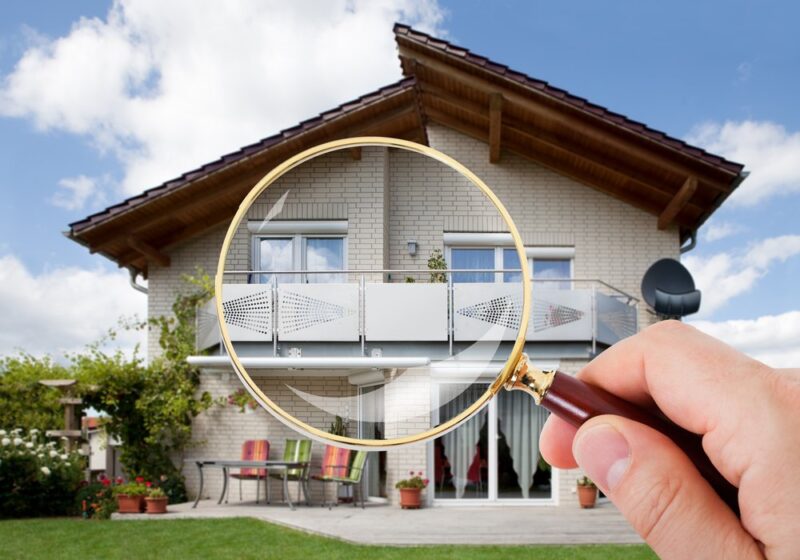
- Check for faded or peeling paint. This is a sign that the paint is not properly sealed and may be deteriorating, leading to water damage.
- Check for chips in the paint. If you see large chunks missing, this likely means that the paint has been damaged by weather or insects, which can lead to further damage and eventual peeling or fading.
- Observe any cracks or holes in the paint. These could be indicative of a problem with the framing or foundation of the structure, which will need to be addressed if left untreated.
- Look for areas where the paint has been affected by moisture – look for wet spots, mold, or condensation on walls, ceilings, or window sills. If there’s any indication of water infiltration, this will require professional treatment in order to prevent further damage and decay.
Types of Exterior Painting
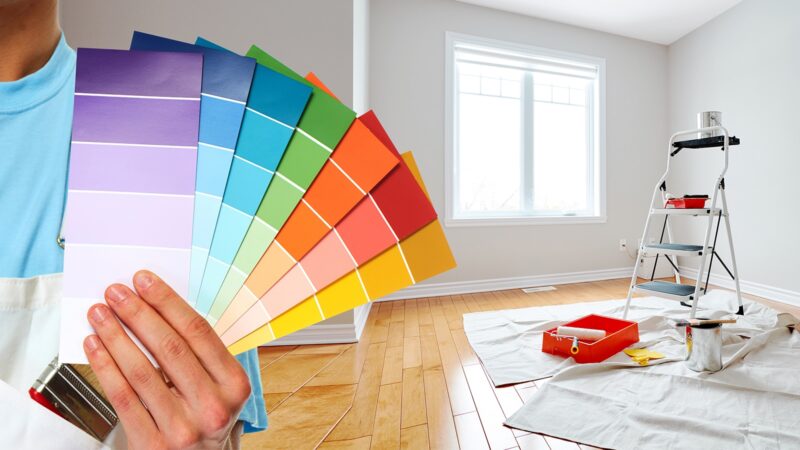
There are many different types of exterior painting that can be used on your house. Below are three:
- Flat paint – This is the simplest type of paint and is used most often on homes that don’t have a lot of detail or trim. It’s also the cheapest type of paint to use, but it doesn’t last as long as other types.
- Satin paint – This type of paint has a sheen to it and is used on homes with more intricate trim and details. It lasts longer than flat paint, but it’s also more expensive.
- Lithonia paint – This type of paint is extra durable and is often used on homes that are outside in harsh weather conditions or that will be subjected to vandalism.
How to Prepare Your House for Painting?
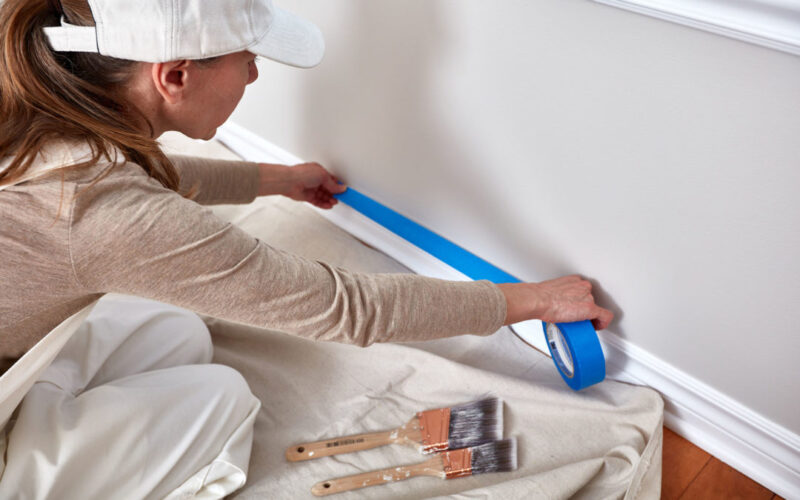
The exterior of your home is one of the first places people see and it’s important to make sure it looks its best. Here are a few tips for preparing your house for painting:
- Remove any furniture or objects that will be in the way. This includes plants, plants pots, window coverings and anything else that may get in the way of a smooth paint job.
- Make sure all outside lights are turned off and all doors and windows are closed during painting so no dust or debris gets into the house.
- Clean all exterior surfaces with a hose using a mild soap and water solution. Be sure to rinse everything off thoroughly before starting painting.
- Strip down any existing coat of paint to reveal the original substrate or finish. This will give you an idea of what colors and types of paint are available and help you choose the right one for your home.
- Call a professional painting contractor to come give you an estimate and make sure everything is being taken into account such as height of windows, type of roofing, etc…
- Be prepared to provide appropriate access for the painter during the painting process so they can do their job properly and avoid any accidents!
When to Schedule Your Exterior Painting Job?
When it comes to exterior painting, it is always a good idea to schedule your job as soon as possible.
There are several factors that can impact the overall finish of the painting, including weather conditions and any existing paint or sealant. By scheduling your job early, you can make sure that all of these elements are taken into account and that the finished product looks its best.
Another reason to schedule your job early is that prices for services tend to go up as the season progresses. By booking your job early, you can avoid paying more for painting services than necessary.
Whatever the reason for wanting to schedule your exterior painting job early, doing so will usually result in a better finished product.
What to Do If You Have Any Problems with the Job After it’s Completed?
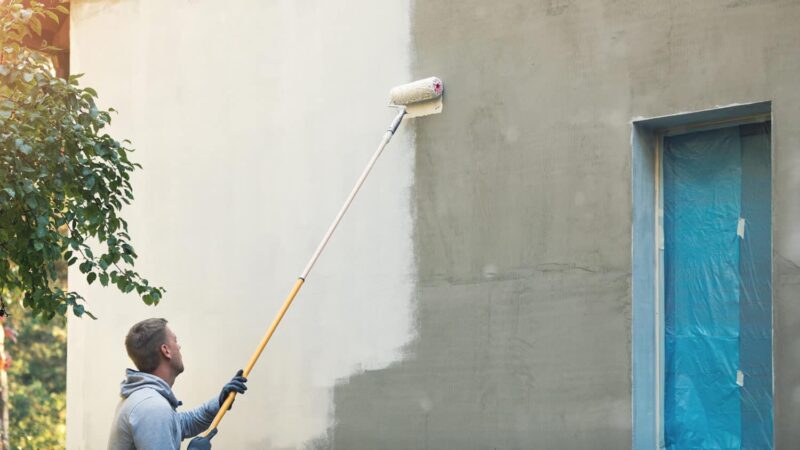
If you have any problems with the job after it’s completed, don’t hesitate to reach out to your painter. There are a few things you can do to help make your experience a positive one:
- Follow your painter’s instructions carefully.
- If something doesn’t look right, let them know.
- Be prepared to answer any questions they may have.
- If something goes wrong, don’t be afraid to call for help.
Wrapping Up
It’s time for your exterior paint job! Whether you’re looking to repaint the entire house or just need a few touch-ups, now is the right time. Here are some signs that your exterior needs painting:
– The paint on your home is starting to peel, flake, and chip away.
– The color of your house is fading and peeling in certain areas.
– There are large cracks or spalls in the paintwork that were not there before.

